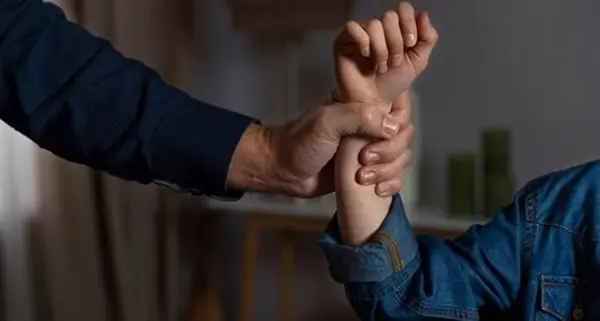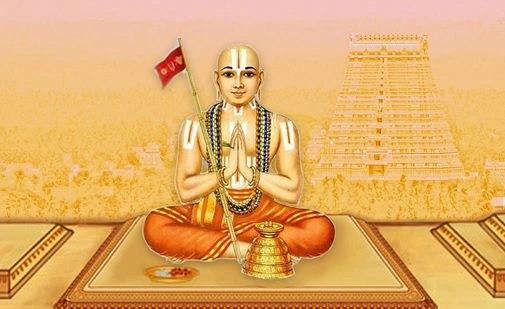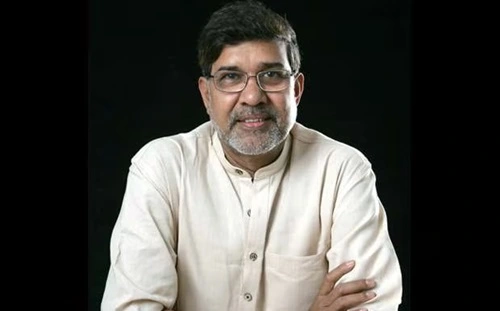History demonstrates how women are treated in society; they have always fought for their rights and status. They have always been forced and struggled to live lives precisely comparable to men’s. Despite significant progress in our society, Indian women continue to face challenges that limit their opportunities and well-being.
This article lists ten common problems Indian women face and some legal references to combat such problems. If you are interested in women’s welfare and willing to create a safer society for Indian women, you will find so much pleasure reading the article. Let’s get started.
Common problems faced by an Indian Women
1. Domestic violence:

Domestic violence has several forms, such as verbal, emotional, economic, and sexual abuse. Domestic violence can be extremely serious, and about 86% of women experiencing domestic violence choose not to disclose and refrain from sharing their problems with family or friends. Women being silent is primarily due to their social norms and wrong perceptions in society. On the other hand, about 45% of women rationalize the abusive actions of their husbands, and 38% of men openly admit to engaging in abusive actions against their partners.
Women are not properly educated about all forms of abuse and violence; they don’t realize they are experiencing domestic violence, which is against the judicial law. Some instances of domestic violence are not considered as a serious issue.
2. Sexual harassment:

The Indian government has made efforts to increase awareness about the law, strengthened the legal framework, and aided in providing support to the victims of sexual harassment.
Furthermore, sexual abuse in marriages is quite common than other forms of violence. Indian women should be educated in this context that rape includes all kinds of actions, forcing or manipulating another person to involve in unwanted sexual intercourse, whether it happens between a couple that is dating or married.
3. Child marriage:
Poverty, social insecurity, avoiding share in ancestral property, and lack of support for female education are some of the common causes of child marriage in India. However, women should be educated and empowered to protect themselves from these harmful practices.
The Child Marriage Restraint Act of 1929 restricts the practices of child marriage by defining the marriage age for both males and females. The male should be at least 21 years of age, and the female should be 18 years of age for marriage. Indian government and welfare organizations have come up with suggestions to eliminate the practices, which include developing strong support systems for girls to keep them in school, such as scholarships, involving them in girl clubs, and establishing strong communities to work against the practice.
4. Gender discrimination:
Gender discrimination actions include gender-based violence that brings in emotional, physical, and psychological consequences in women. They are restricted from participating in decision-making. Women’s voices are often marginalized in decision-making at the family, community, and national levels. Thus, they have minimal or no influence on establishing policies and programs that affect them.
Discrimination brings in socio-economic disadvantage that contributes to poverty and inequality. They have fewer opportunities to access their resources, or they don’t get to advance their economic status. For instance, they were not offered equal access to land, credit, and employment resources. Discriminating practices also include harmful stereotypes and norms that are placed to limit or drive away women’s roles and capabilities. Indian Penal Code 1860 Section 153A criminalizes using inappropriate language and any action related to discrimination or violence against people based on race, caste, sex, place of birth, religion or sexual orientation.
5. Eve teasing:
Eve teasing comes under gender-based crime, where men see pleasure by making funny noises or teasing women in different forms, including sexually. Men who see women as objects for fun are involved in these practices, and they assume these practices are harmless and non-violent. However, the law considers these actions as serious crimes against women, and thus, they have brought in awareness campaigns, increased policing in public areas, and initiatives to protect and empower women.
If eve teasing includes the clear threat of physical harm to the woman, then the situation is dealt with in section 354 IPC, which is a non-bailable offense, and the offender shall be imprisoned for up to 2 years with or without a fine. Similarly, eve teasing, which includes showing pornography, making colored remarks on women, or demanding sexual favors, brings in a punishment of 3 years of imprisonment with or without a fine.
6. Lack of medical care:
Lack of medical facilities is one of the common problems in rural areas, where women don’t get access to appropriate medical aids. However, other causes, such as lack of financial support or out-of-pocket expenses that include transportation, food, and prohibitive physical support, are decreasing the rate of accessing medical services by Indian women.
Limited awareness of available healthcare services among women also restricts them from acquiring them at appropriate times. Gender bias in acquiring the healthcare system also plays an equally important role in prohibiting women from accessing these healthcare services.
7. Dowry:
Dowry causes deep-rooted impacts on women, affecting them in various parts of life. Although demanding dowry has been considered illegal since 1961, it continues to exist in varied parts of India, which is primarily driven by cultural and social factors.
Section 498A of the Indian Penal Code deals with cruelty done by a husband or his family towards the wife. The practice of giving dowry to the bridegroom’s family is to help them stabilize financially after the marriage. However, Dowry’s practice has only caused a financial burden to the bride’s family and a lot of crimes against women that include emotional abuse, injuries, and even deaths.
8. Equal pay:
Indian women fight against not being paid equal to men, even when performing the same work under the same pressure or doing work of the same value. Some legal provisions aimed at bringing in equal pay for equal work exist, such as the Equal Remuneration Act of 1976, which focuses on gender pay gaps that exist across different sectors and industries.
Women are often concentrated in or put in lower-paying jobs and sectors than men and cultural and societal norms prohibit them from negotiating their salaries or asking for salary increases.
9. Limited educational opportunities:
Limiting women from accessing educational rights prohibits them from advancing in society. It impacts their health and well-being, which may lead to poor health outcomes for women and restrict their access to healthcare and other opportunities.
10. Pregnancy-related problems:
There are different perspectives and ways to solve the problem, as various problems lead to this problem or add to the complexity of women’s pregnancies. Especially in India, women struggle with a lack of access to prenatal care, malnutrition, and lack of healthcare systems and services.
They face domestic violence and external issues during pregnancy. On the other hand, pregnancy itself takes a toll on women’s health when they get gestational diabetes, maternal mortality, and other serious issues.
Conclusion:
Overall, it is a hard truth to accept that they are still struggling for equality, even after the nation’s independence. India is a country that portrays women as goddesses in their literature and religious references, but the reality doesn’t match those references. Promoting education for female children and establishing support systems such as shelters, counseling services, helplines, and other awareness programs are expected to contribute to women’s empowerment in India.

